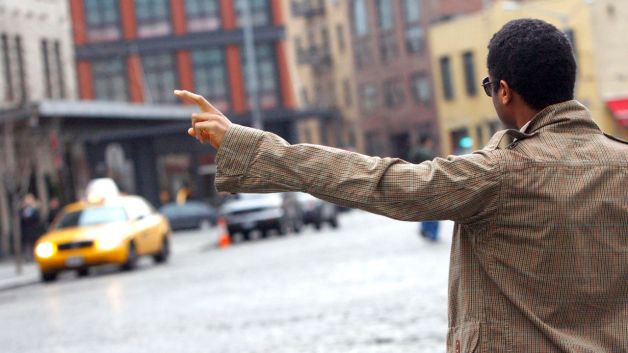
Ride-hailing apps that allow passengers to book rides from the comfort of their own phone have boomed in the past few years. But as convenient as they are, ride-hailing apps have raised serious concerns in terms of environmental impact. Ride-hailing apps may be adding more traffic to already congested roads, and steering people away from public transportation and into fossil-fuelled cars. Recent research by Transport & Environment reveals a correlation between the growing number of ride-hailing drivers in London and other major European cities, and the increase in air pollution levels.
The damage of dead miles
‘Dead miles’ are a major contributor to the carbon footprint of taxis and private hire vehicles. As a taxi or private hire driver, ‘dead miles’ are the miles travelled without passengers, either because you’ve dropped someone off far from home base and have no return fare, or because you’re driving around looking for a fare. Even when parked at taxi ranks, some taxis are left idling, especially in the cold winter months, when keeping the car’s heater on is a must. With 291,800 licensed taxi and private hire vehicles in England alone, all of those individual vehicles’ dead miles can quickly add up, increasing harmful emissions.
And when it comes to how ride-hailing apps dispatch drivers for passenger journeys, in many cases, it’s an algorithm that decides which driver gets what job, and where. This algorithm – essentially a formula that dictates how rides are dispatched – can be based on any number of factors, including traffic, driver location, driver rating, customer rating, destination, surge pricing, or other variable. Worryingly, environmental efficiency is often not a prime consideration when it comes to these algorithms.
Putting drivers in control
But with talk of climate change on everyone’s lips, and nearly one-third of the EU’s total CO2 emissions coming from transport (European Environment Agency), increased sustainability for taxis and private hire vehicles needs to be a top priority. Instead of letting an algorithm decide how journeys are dispatched, ride-hailing technology should enable drivers to find their nearest passengers directly, without driving around, burning fuel and adding to congestion.
Likewise, passengers should be able to search for all available taxis and minicabs in the area at a particular moment, and choose the best car for their journey, whether that’s based on the fare, type of cab (electric, petrol or diesel), ETA, size, or accessibility. When ride-hailing apps enable drivers and passengers to see one another freely, without interference from an algorithm, they can let the app do the searching for them – which is good for their pockets and the environment.
Currently, taxi and minicab drivers are spending 40% to 60% of their time driving ‘dead miles,’ searching for passengers. By putting drivers in control, and providing real-time information about nearby passengers searching for a ride, ride-hailing apps can significantly reduce the carbon emissions from dead miles. This technology already exists in some ride-hailing platforms – like xooox. Isn’t it about time for a climate change for the better?
 By: Darren Tenney, CEO Perfect Data
By: Darren Tenney, CEO Perfect Data
Darren Tenney is CEO of Perfect Data, the British start-up behind new ride-hailing app xooox [‘zooks’], which launched in May 2019. Previously, Darren was a cab driver and operator in the Midlands, where he comes from a long line of cabbies. He was also a consultant to the Law Commission’s Taxi and Private Hire Services.
Established in 2014, Darren founded Perfect Data to give power back to those working in the gig-economy, with xooox giving ride-hailing drivers back control of their own livelihoods, while reducing pollution and congestion.